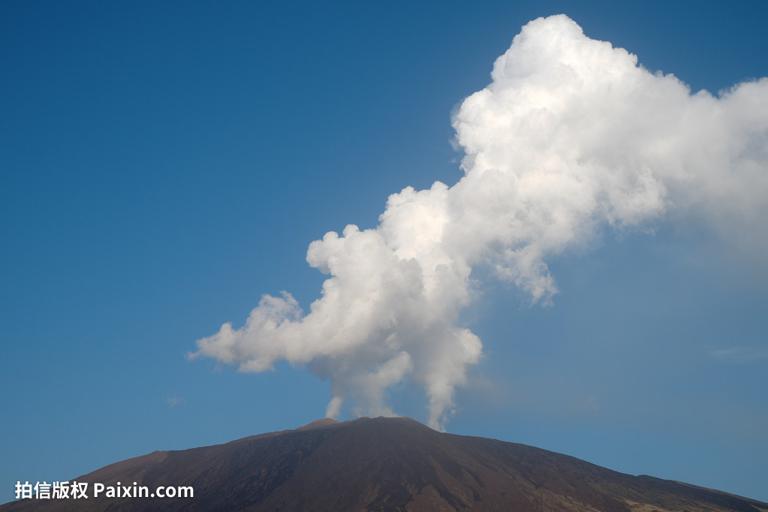Hazards of volcanic eruption
Volcanic eruptions of different scales and degrees occur almost every year on the earth, causing great harm to human activities and survival. About a quarter of the world's population lives in dangerous areas of volcanic activity. According to statistics, in nearly 400 years, volcanic eruptions have taken the lives of about 270,000 people. Especially in the Pacific Rim where active volcanoes are concentrated, volcanic hazards are more prominent. Therefore, volcanic disasters are listed as one of the major natural disasters in the world. In the plan of the “International Decade for Natural Disaster Reduction” from 1991 to 2000, volcanic disaster reduction was also an important part of the plan, and volcanic disasters have ranked sixth among the major natural disasters.
There are two kinds of volcanic disasters, one is the direct disaster caused by volcanic eruption itself, the other is the indirect disaster caused by volcanic eruption, in fact, which two kinds of disasters in volcanic eruption are often both. Volcanic pyroclastic flows and lava flows, volcanic eruptions (including pyroclastic and ash), debris flows caused by volcanic eruptions, landslides, earthquakes, tsunamis, etc., can cause disasters.
Disaster Types
Pyroclastic flow disaster
Pyroclastic flow is a common product of large-scale volcanic eruptions. Mount Vesuvius eruption in Italy in 79 AD is a typical example of pyroclastic flow disaster and one of the largest volcanic eruptions in history. At that time, six hot pyroclastic flows quickly buried the bustling city of Pompeii, causing Pompeii to disappear from the earth in a flash, the ancient city was not discovered until 1689 by later generations. Several other famous coastal cities were also damaged to varying degrees. Mount Tambora eruption in Indonesia on April 5, 1815, was the most violent volcanic eruption ever recorded in human history. Large amounts of ash fell as far away as Borneo, Sulawesi, Java and the Mallugu Islands. Pyroclastic flows took more than 10,000 lives like a flood. Later, food shortages and the spread of diseases caused by volcanic eruptions resulted in more than 80,000 deaths. The volcanic eruption also caused global climate anomalies; it became a summer-free year in 1816, with crop failures and livestock deaths in the northern hemisphere resulting in the worst famine in the 19th century due to climate changes in North America and Europe.

Volcanic lava flow disaster
Volcanic eruption, especially fissure eruption, lava flow through many areas, covering a large area, causing serious damage. In 1783, Iceland's Laki volcano erupted, and magma erupted along a 16 km long fissure, flooding surrounding villages, covering an area of 565 km2, which had reduced Iceland's population by one-fifth and livestock deaths by half.

Pyroclastic and ash disasters
Usually, volcanic eruptions throw out large amounts of volcanic debris and ash, which can bury houses, destroy buildings and endanger lives. In January 1951, the Lamington volcano erupted in Papua New Guinea, the burning ash destroyed about 90 square miles of land (1 square mile = 2.5899 km2, the same below). As a result, houses collapsed and 2942 people died with serious damage. More than 1,670 people died directly from volcanic ash during the 1963 Argonne volcano eruption in Indonesia.

Debris flow disaster caused by volcanoes
Debris flow is a destructive fluid caused by volcanic eruption, which can cause serious damage to the area flowing through. When Waldord Ruiz, Colombia volcano erupted in 1985, pyroclastic flows melted the ice cap on the top of the mountain and formed a large-scale debris flow, resulting in more than 20,000 deaths and 7,700 homeless people.

Volcanic jet disaster
Volcanic eruptions are often accompanied by massive gas ejections. Some volcanoes emit enough toxic gas to kill people.

Comment list ( 0 )
